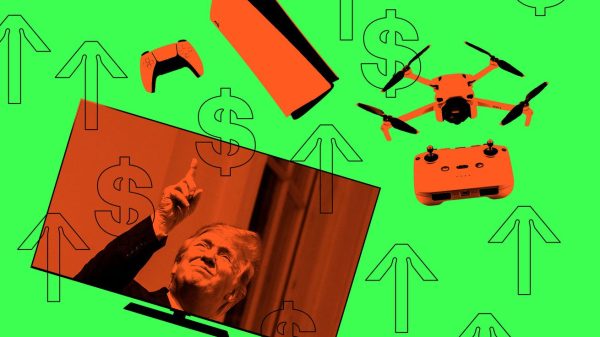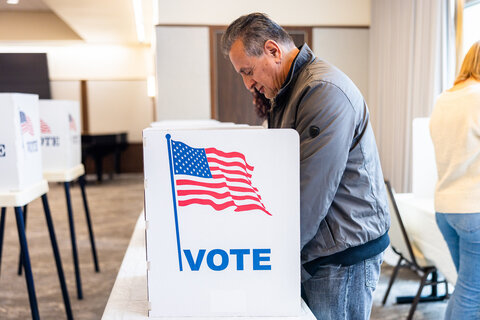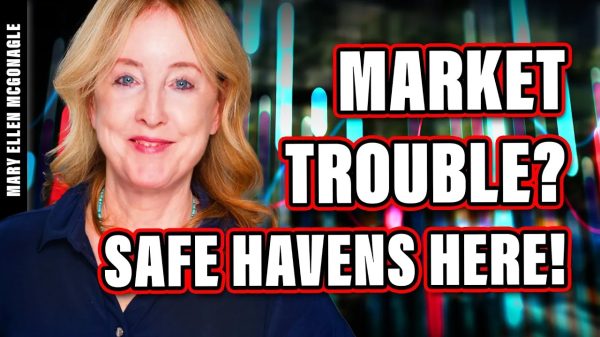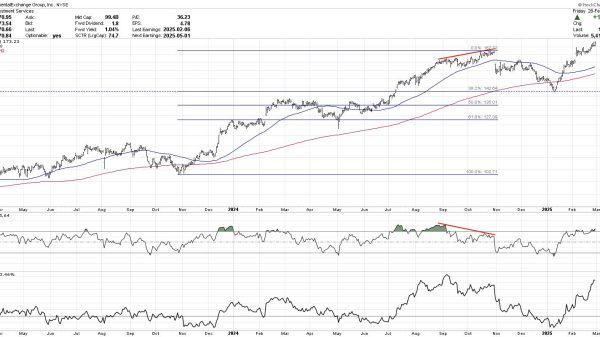Adam N. Michel
Tax policy has taken on an outsized role in this year’s presidential campaign and was mentioned repeatedly in the recent presidential debate. The prominence of tax policy makes sense. In the first year of the next administration, lawmakers will have to address the automatic expiration of almost all of the 2017 Tax Cuts and Jobs Act.
In addition to addressing existing policy expirations, both presidential candidates have proposed trillions of dollars of new and expanded special interest tax breaks that undermine the simplifications made in 2017 and make the 2025 fiscal cliff even more daunting.
Despite the rhetoric, the 2017 tax cut was primarily a tax cut for typical Americans. Over three-quarters (77 percent) of the original tax cut went to individuals, with the largest tax reductions going to the lowest-income taxpayers. There is bipartisan agreement that most of the $4 trillion in expiring tax cuts should be extended.
The other area of bipartisan agreement is for new politically tailored tax breaks for special interest groups. Each of these proposals makes it more challenging to maintain the tax cuts and simplifications achieved in 2017, which eliminated unfair and inefficient targeted subsidies in favor of lower rates for all taxpayers. Many of the tax proposals from former president Donald Trump and Vice President Kamala Harris will make the tax code more complex, more unequal, and more economically damaging.
Targeting Tips
Trump proposed making tip income tax-exempt after—in his telling—talking to a waitress in Nevada, where there are the most tipped workers per capita. Harris quickly adopted the same idea.
Beyond the raw electoral politics of currying favor, a tipped wage exemption has no other redeeming quality. Depending on the design, this policy would provide a $100 billion to $500 billion (over ten years) tax break for workers compensated through tips. The tax break would create strong incentives to increase tipping as part of worker compensation to maximize tax-free income. It would also unfairly preference tipped service sector jobs by making them more attractive compared to other equally difficult, low-wage jobs like janitors, home health aides, and retail stockers.
Targeting Families
There is broad support among Democrats and Republicans for increasing the child tax credit, child care tax credit, and other family subsidies.
Harris proposes increasing the child tax credit to $6,000 for new parents in the first year, $3,600 for children between one and six years old, and $3,000 for children above six. By eliminating the earned income requirements, her plan “would discourage parental employment and risk harming the long-run prospects of children,” according to Kevin Corinth. The current child tax credit is $2,000 and will decrease to $1,000 in 2026. The Harris proposal would reduce revenue by about $1.9 trillion over ten years.
Trump has proposed letting parents deduct the costs of major newborn expenses from their taxes. While his running mate, Senator J.D. Vance, recently floated the idea of increasing the child tax credit to $5,000 per kid, Trump has yet to endorse Vance’s almost $2.7 trillion proposal.
In Congress, there is also strong support for expanding child subsidies. Senators Tim Kaine (D‑VA) and Katie Britt (R‑AL) recently rolled out legislation to expand the child and dependent care tax credit. And a Republican-led tax package that passed the House earlier this year included a temporary expansion of the child tax credit.
Vanessa Brown Calder and I have written about the ways in which child tax subsidies are not well suited to alleviate child poverty, boost fertility, or mitigate the costs of raising children (which have been falling for multiple decades). When framed as a tax increase on a politically disfavored group, the core unfairness of policies like the child tax credit becomes apparent. This was demonstrated by the recent knee-jerk online reaction to JD Vance’s assertion that childless adults should pay higher taxes than families with children, which is the child tax credit’s primary outcome. Giving one constituency a lower tax burden means everyone else must pay higher tax rates to make up the difference.
Targeting Would-be Homeowners
Harris has also proposed a temporary $25,000 subsidy for first-time homeowners, paired with tax incentives for building starter homes and other subsidies. Without meaningful expansions of housing supply in the most sought-after markets, sellers, investors, and banks will primarily capture the subsidies, further driving up costs to buyers. If the new housing subsidies are made permanent—as is common with temporary credits—the Harris housing subsidies could cost more than $600 billion over ten years.
Targeted housing subsidies also enjoy broad bipartisan support in Congress, including new tax credits for multifamily housing developments and an expansion of the low-income housing tax credit, which has historically been costly, corruption-prone, and ineffective at addressing housing affordability.
Targeting Businesses
Broad-based tax cuts for all businesses are worth pursuing. For example, Trump’s previous calls to lower the corporate income tax rate to 15 percent would improve the tax code, boost jobs, and grow wages. However, his most recent suggestion that the lower tax rate would only be available to “companies that make their product in America” could turn a good policy idea into a bad one.
The US tax code used to have a qualified domestic production activities deduction to incentivize domestic manufacturing. The targeted deduction was widely understood as ineffective and economically inefficient because it primarily subsidized existing activity, was poorly targeted, and was associated with declining domestic employment. The 2017 tax cuts, signed into law by Trump, repealed the deduction in favor of lower tax rates for all businesses—a reform that has been successful at boosting domestic business investment and employment. A new special domestic production incentive could lower revenue by about $200 billion if reinstated, according to the Committee for a Responsible Federal Budget.
Trump has also spoken favorably about expanding targeted investment tax breaks through Opportunity Zones, but there have not been any clear signs that the existing targeted policies increase total investment or benefit zone residents.
Targeting Seniors
In an appeal to seniors, Trump revived a previously bipartisan proposal to exempt Social Security benefits from the income tax. Under current law, about 60 percent of seniors pay no income tax on their benefits due to a larger special senior deduction and their relatively lower market incomes. The other 40 percent of seniors pay tax on a portion of their benefits above certain income thresholds.
Describing the Trump proposal, Garrett Watson explains, “Exempting Social Security benefits from income tax would increase the budget deficit by about $1.6 trillion over ten years, accelerate the insolvency of the Social Security and Medicare trust funds, and create a new hole in the income tax without a sound policy rationale.” The former president’s exemption moves in precisely the opposite direction of sound tax policy. To treat all income sources similarly, a larger share of Social Security benefits should be included in taxable income in favor of lower tax rates for everyone, not just seniors.
Conclusion
Proposals targeting tips, kids, homeowners, domestic production, and seniors are some of the biggest hyper-targeted tax breaks championed on the campaign trail. However, there is no shortage of other proposals to hand out special favors through the tax code. Over at Tax Notes, Martin Sullivan lists 21 additional bipartisan bills currently in Congress, which, in his estimation, are most likely to be included in a 2025 tax package. Every bill on Sullivan’s list includes a new or expanded deduction, credit, or exemption targeted at a particular industry, activity, or voter demographic.
Sixty-five percent of Americans believe the US tax code is too complex, and the same portion thinks tax rates are too high. Complexity and high rates are a product of special-interest tax provisions that accumulate over time. This tradeoff is clearly demonstrated in the recently released Cato tax plan, which cuts tax rates to 100-year lows and offsets the reform by eliminating every true loophole and subsidy in the tax code.
The major tax breaks proposed by Trump and Harris, taken together, would cost trillions of dollars. Add that to the $4 trillion price tag of the 2017 Tax Cuts and Jobs Act extension, and it’s clear that without serious spending cuts, this year’s campaign promises will make the 2025 tax cliff all that much more challenging.
























